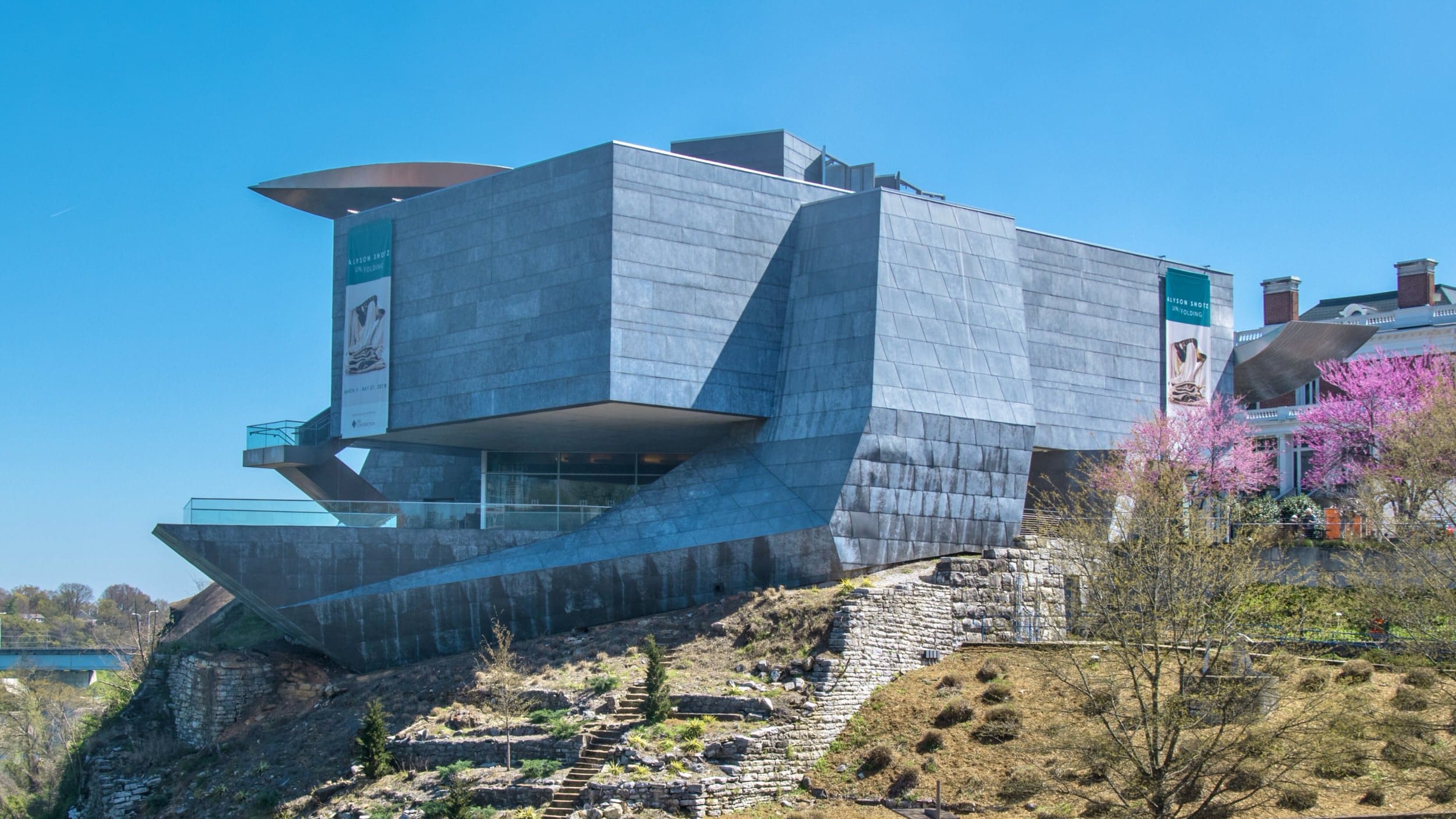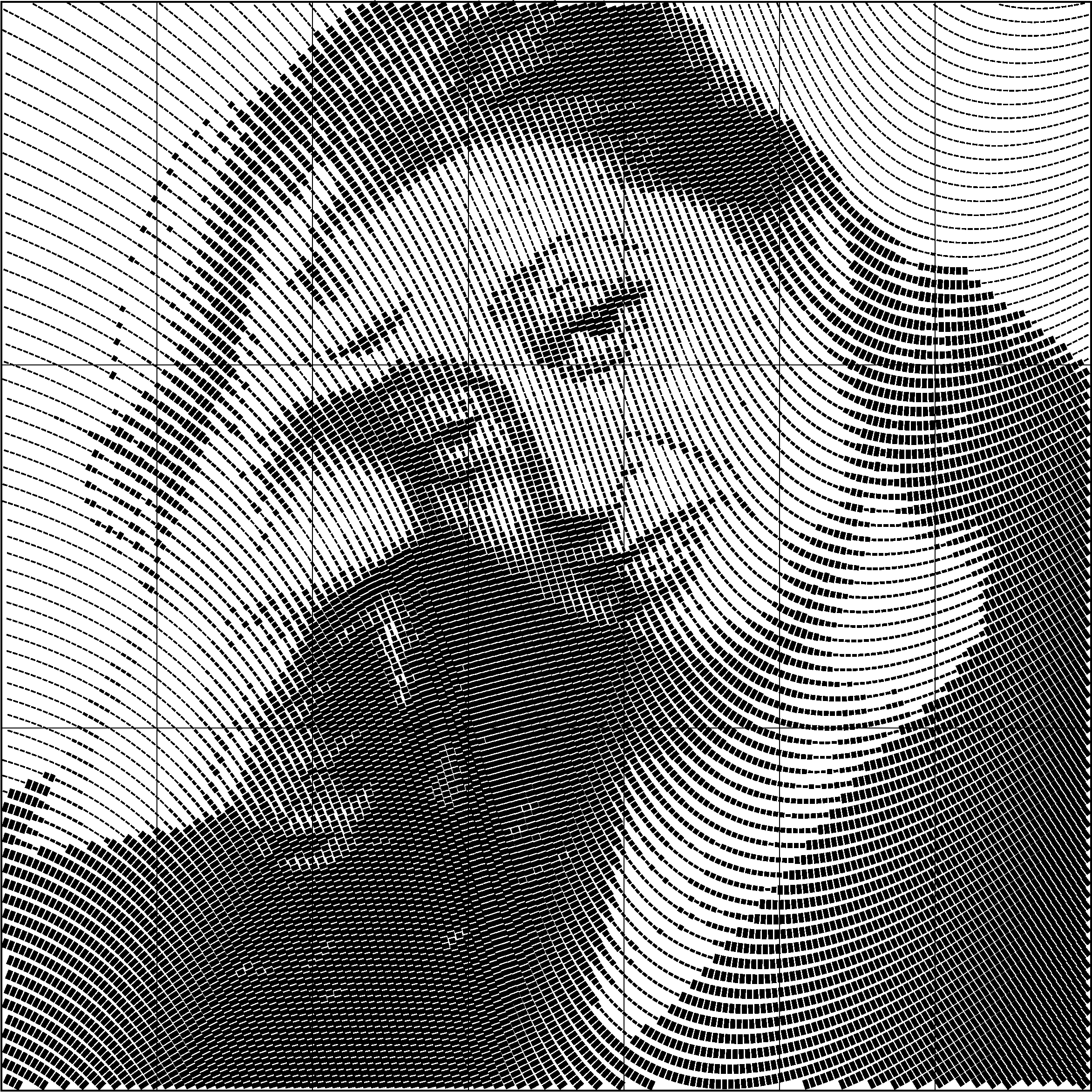R&D
Labs Report 001
Design is hard… especially when it isn’t clear what fabrication methods are possible, which materials are available, and what things cost. During the concept phase of a project sub-contractors, and fabricators aren’t present to provide feasibility critiques and design recommendations. You can either pursue something known/trusted or roll the dice on something new. At this point decisions can lead to design proposals which run counter to manufacturing best practices- blowing budgets and frustrating project teams.
Out of this frustration Zahner Labs was born and aims to help. To date, our team has released three provocations focusing on material, patterning, and fabrication techniques. These product concepts are positioned as a starting point, vignettes into our process and capabilities. Our mission is to support architectural projects during the concept design phase and start projects out on the right foot.
The concept phase of any project is a volatile one. It’s difficult to know what kind of support is useful, so we are asking. With each of our product releases we collect information on the response from our ‘Design Network’ (join here) via page views, surveys, and direct consultation. Periodically, we will post a report to summarize what we’ve tried and to regroup and reflect on results.
To date:
- Louver Surface is a material exploration and design tool that generates novel textured panels composed of articulated tabs. We also included a configurator to demonstrate the systems versatility.
43% response from our Design Network - ImageLines® demonstrates how simple tweaks to our image-based perforation software opens up worlds of possibility in panel systems. The included configurator explores web-based design tools. (Shoot a photo on your mobile phone and immediately render it as a façade!)
26% response from our Design Network - Bead Rolling is purely a fabrication method. Process Documentation Posts are simple in premise. If designers don’t know a certain method exists, how would they ever utilize it in a design? This little-known technique offers boundless potential for custom facades, furniture, signage, etc.
31% response from our Design Network
Zahner Labs aspires to provide clients with the information they need to make great design choices early on in projects. We’d love to get your feedback on what types of information would support your design process – join us in our mission to Innovate & Collaborate to Achieve the Incredible.









 Photo ©
Photo © 
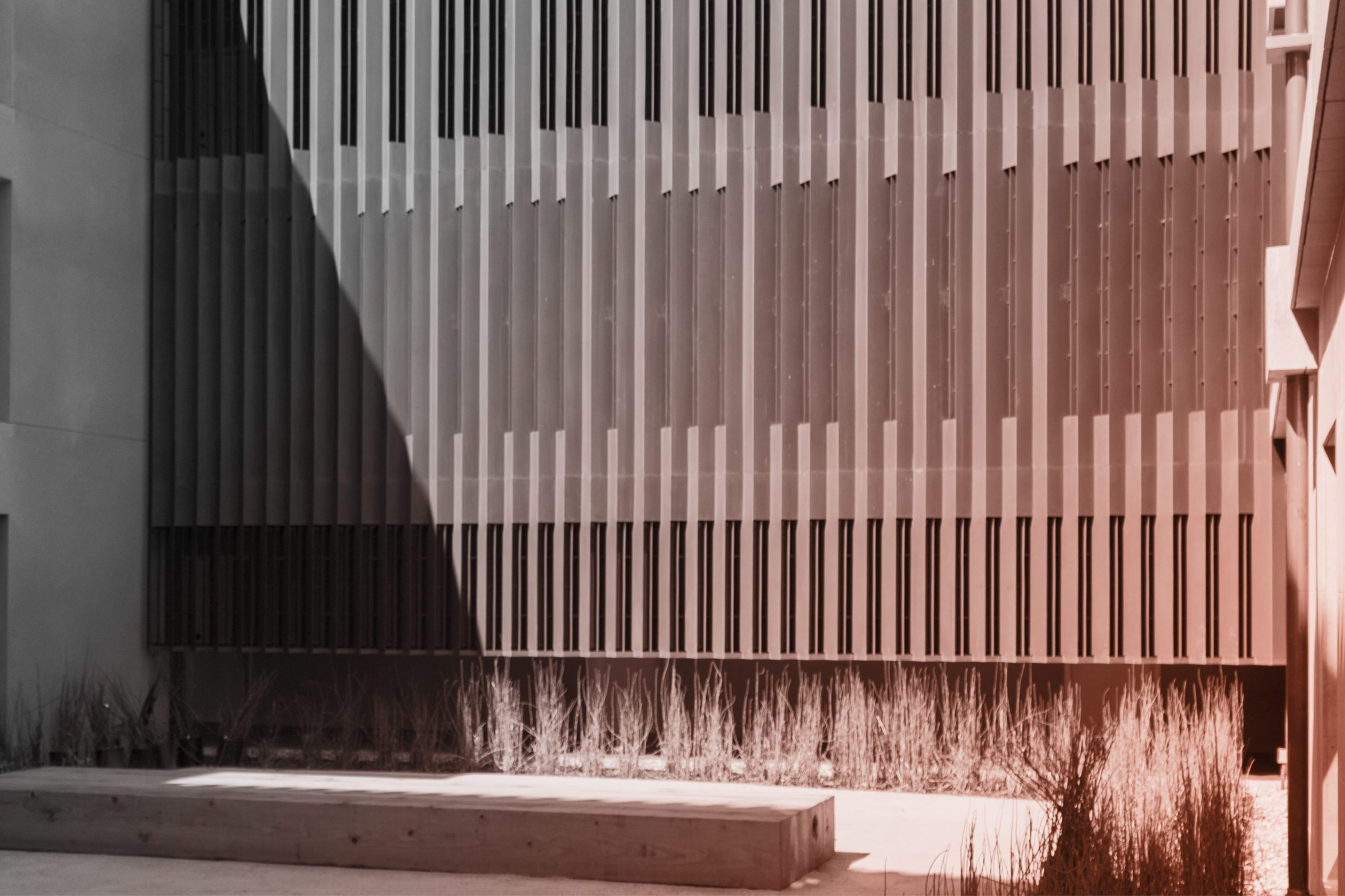
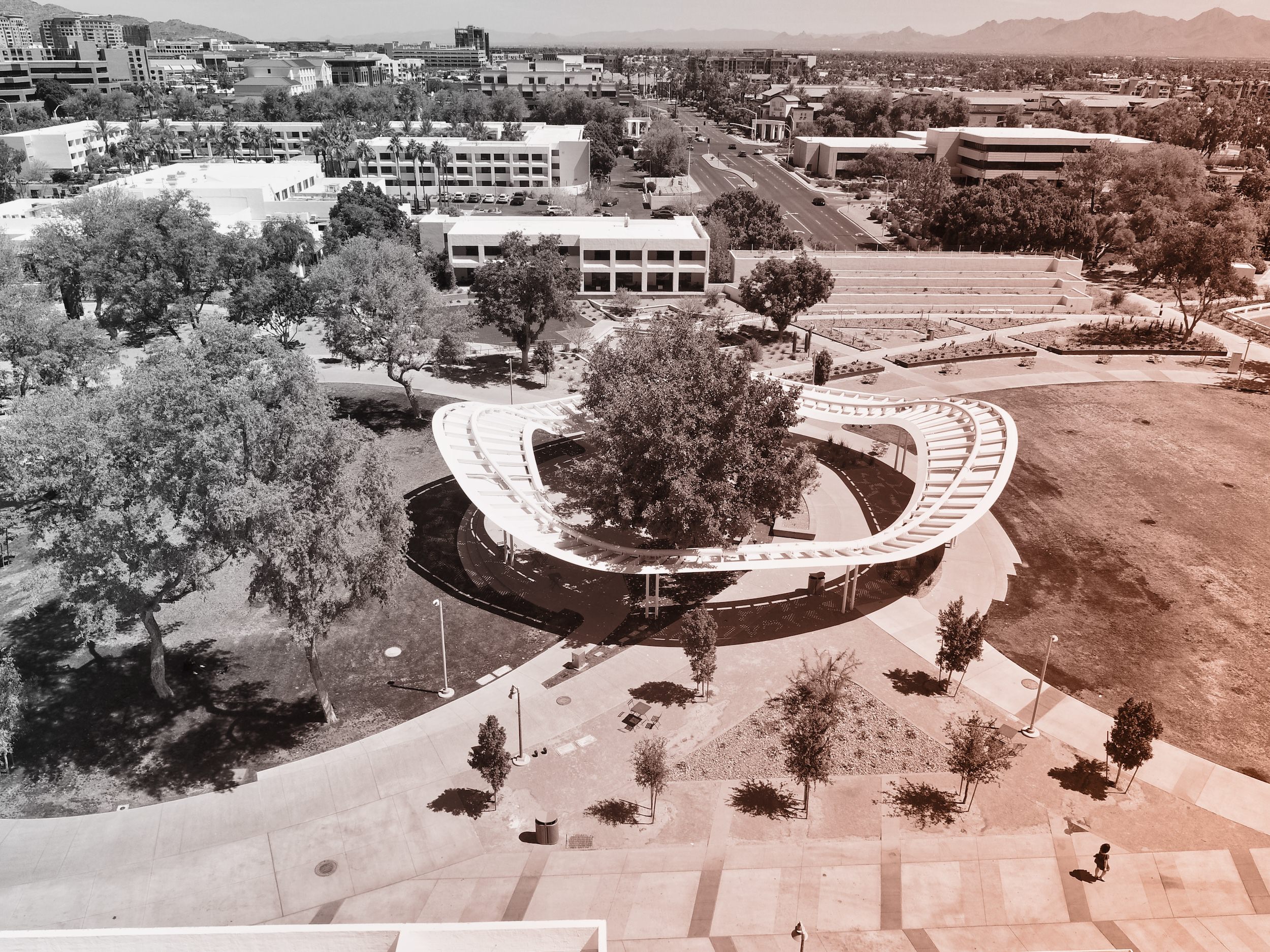
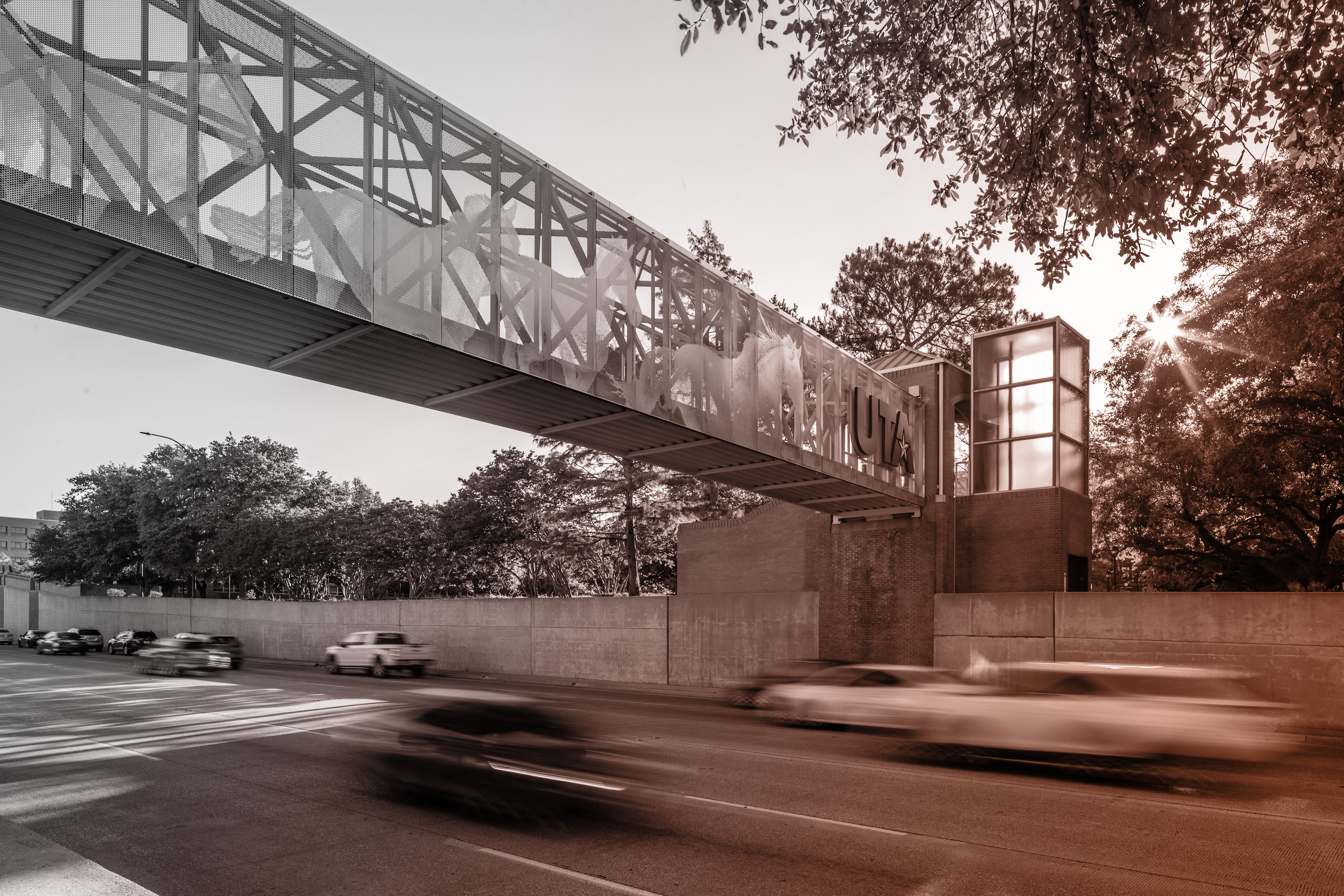 PHOTO ©️ Parrish Ruiz de Velasco (parrch.com)
PHOTO ©️ Parrish Ruiz de Velasco (parrch.com)
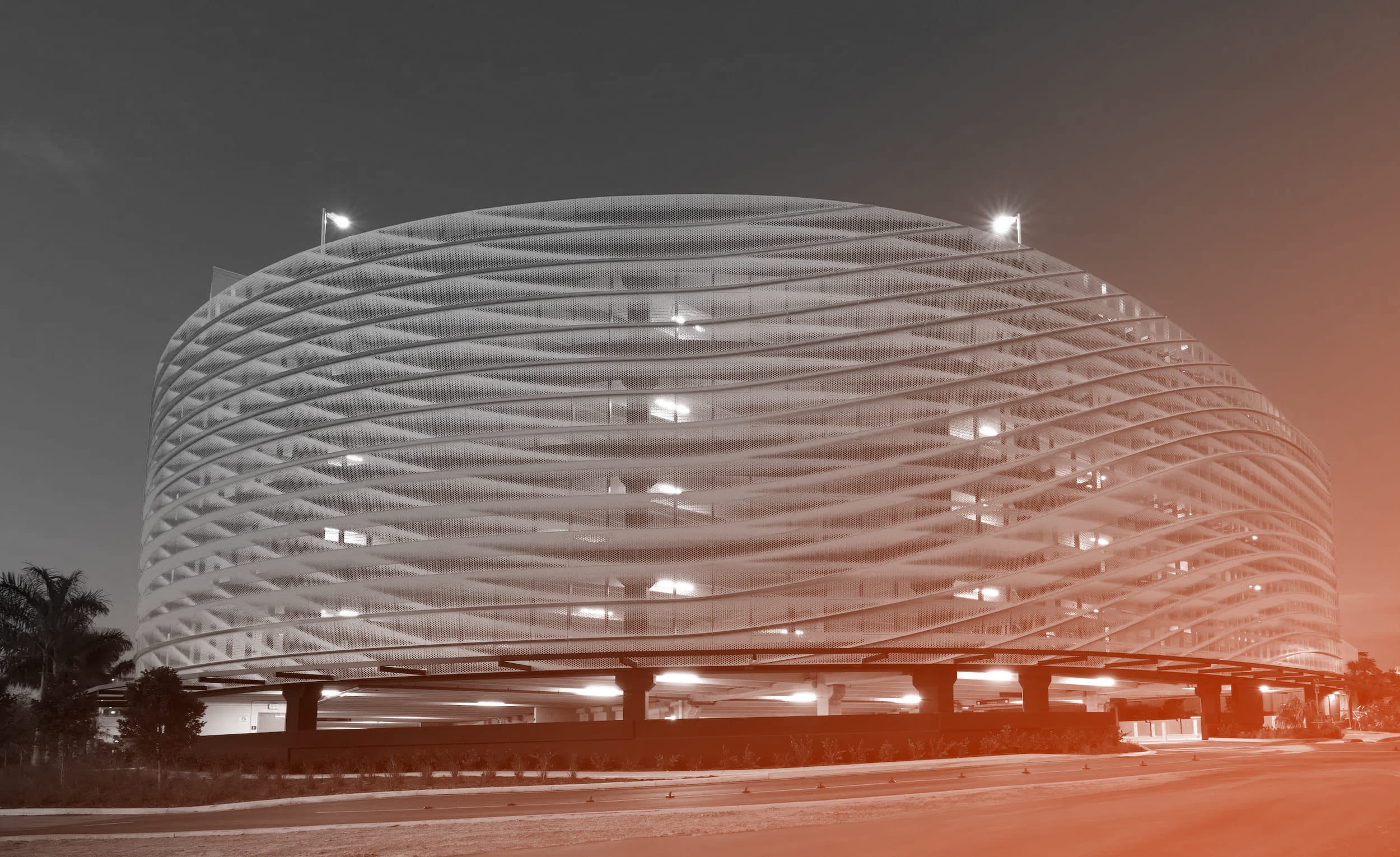
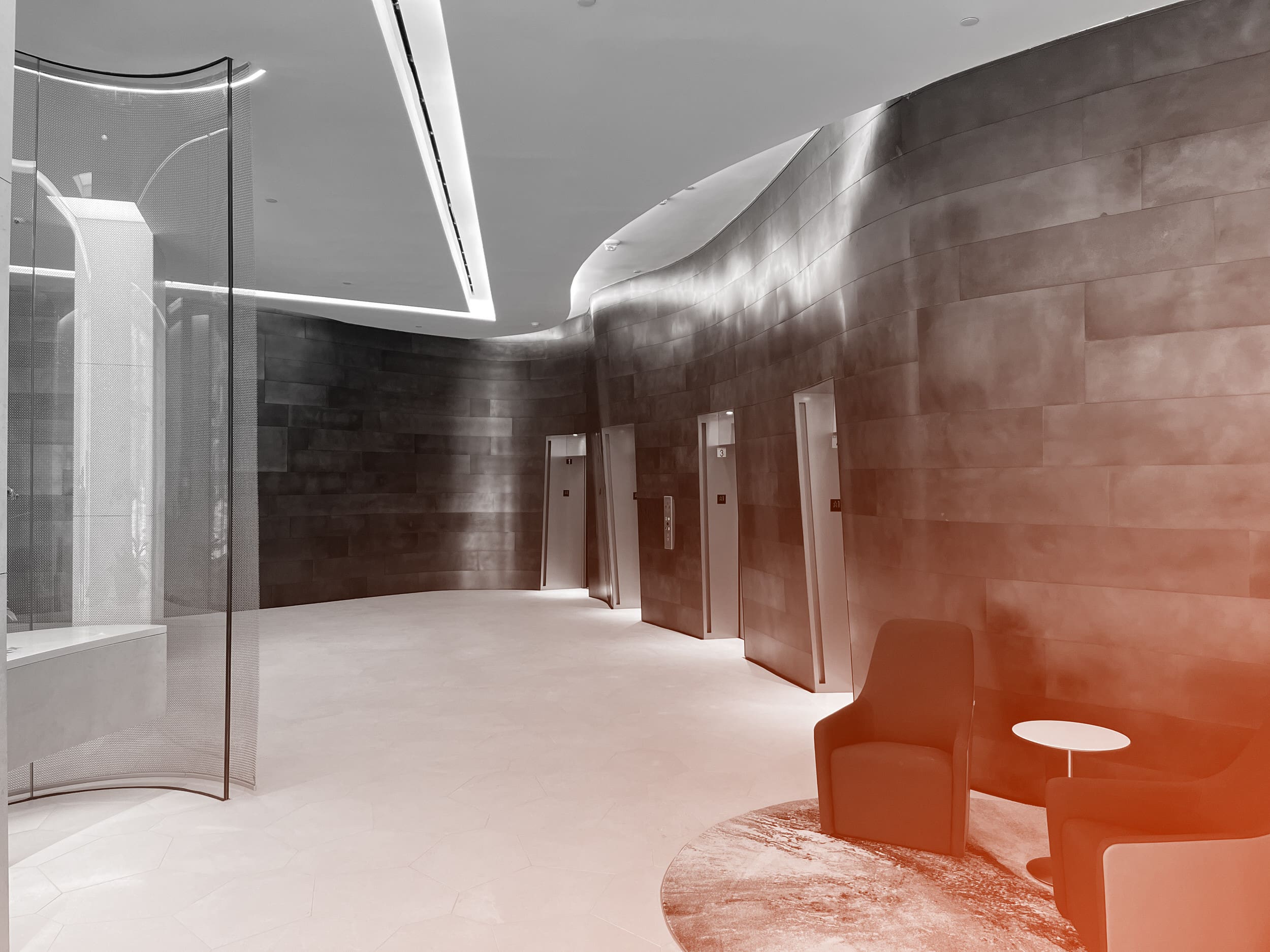
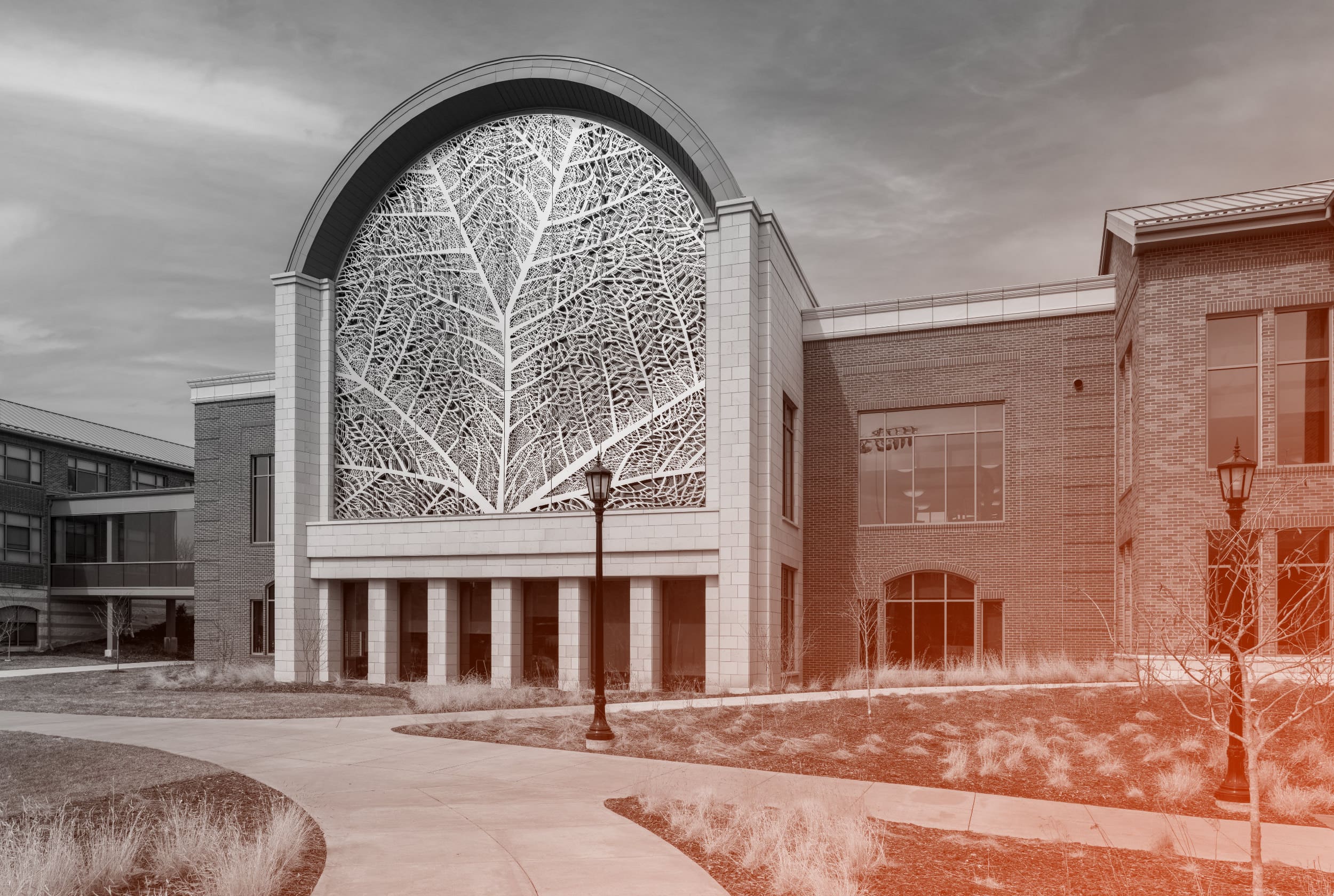
 © Fedora Hat Photography
© Fedora Hat Photography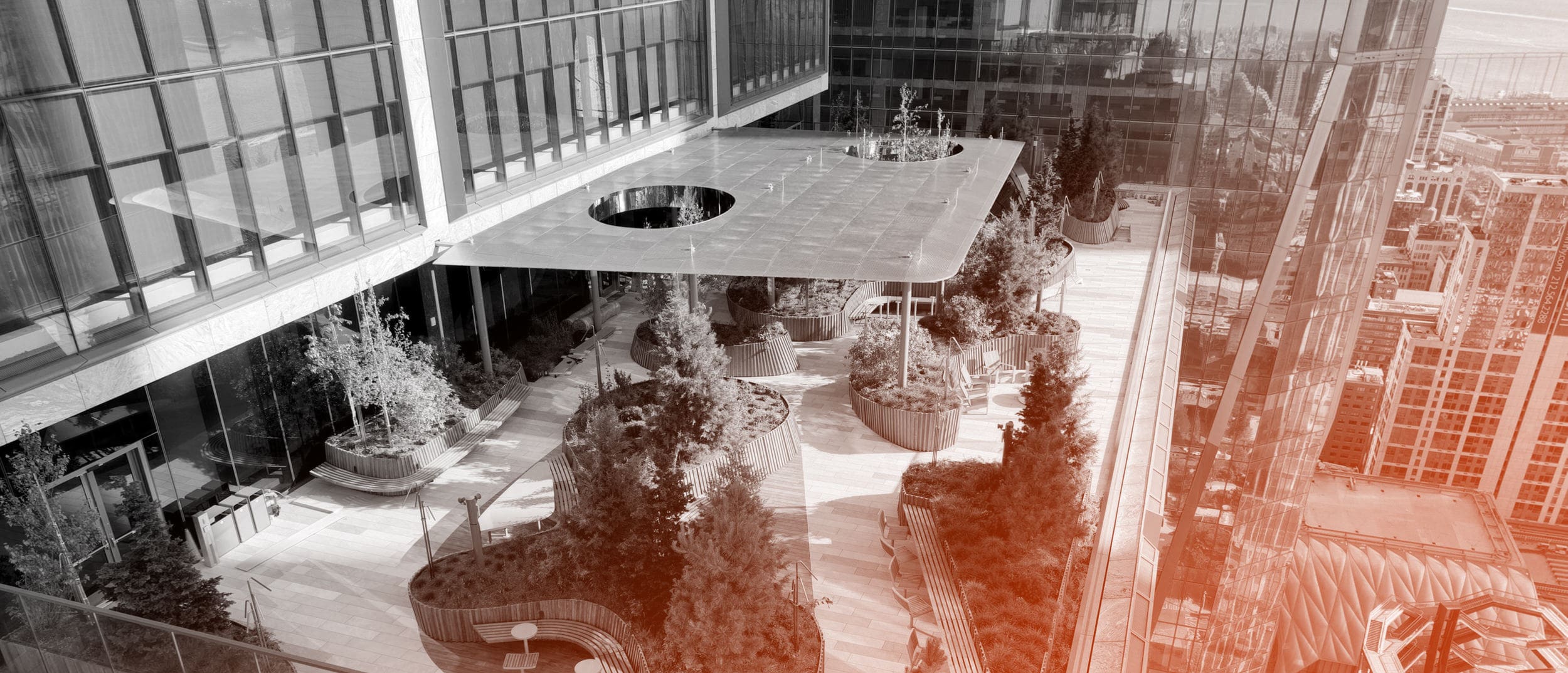
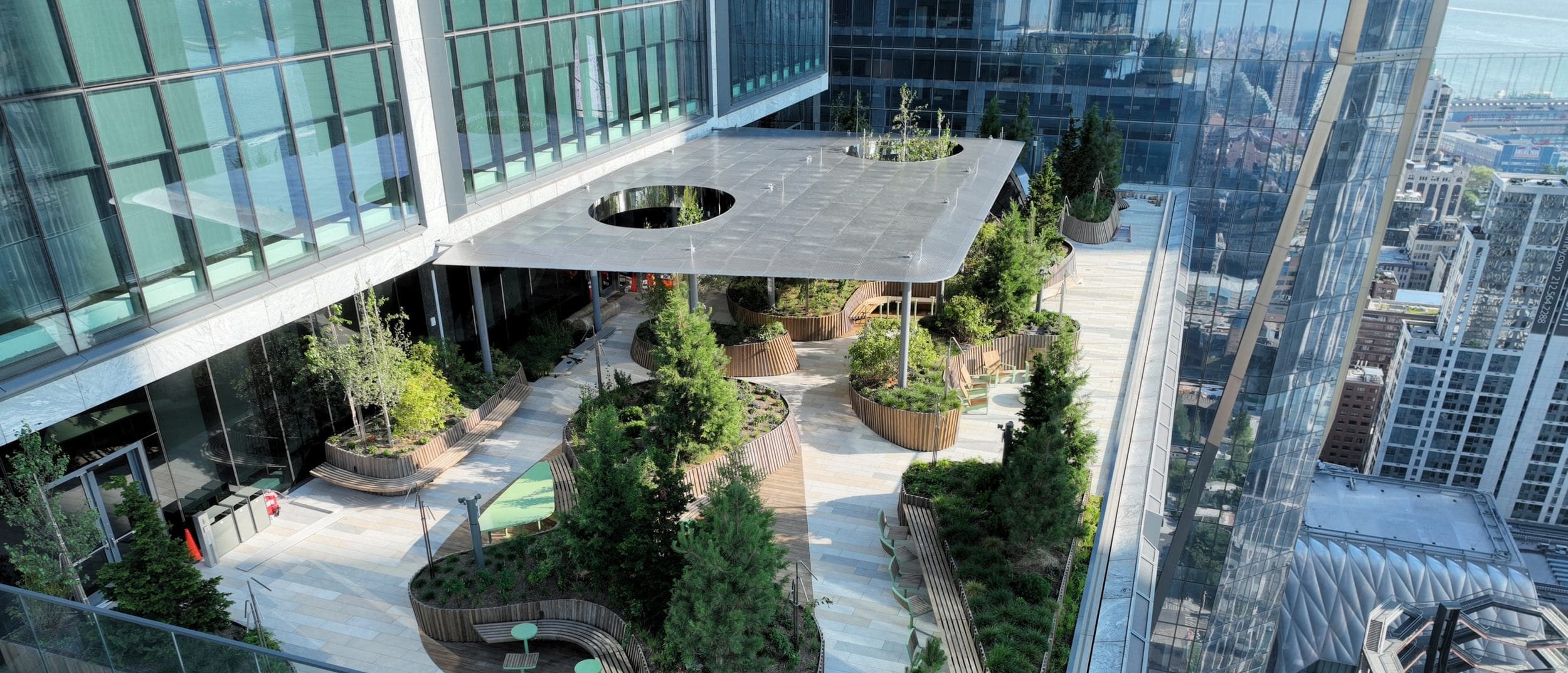
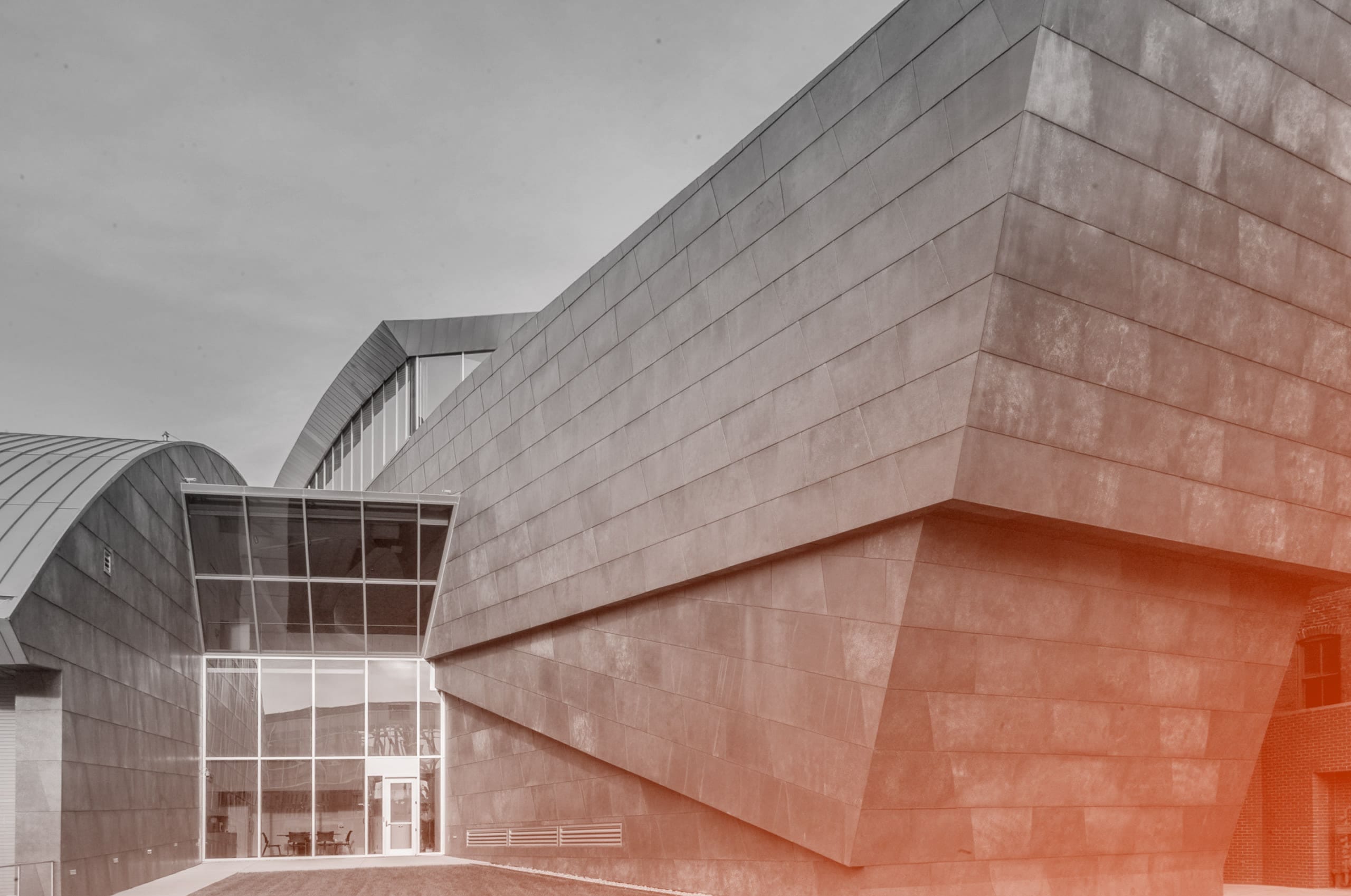

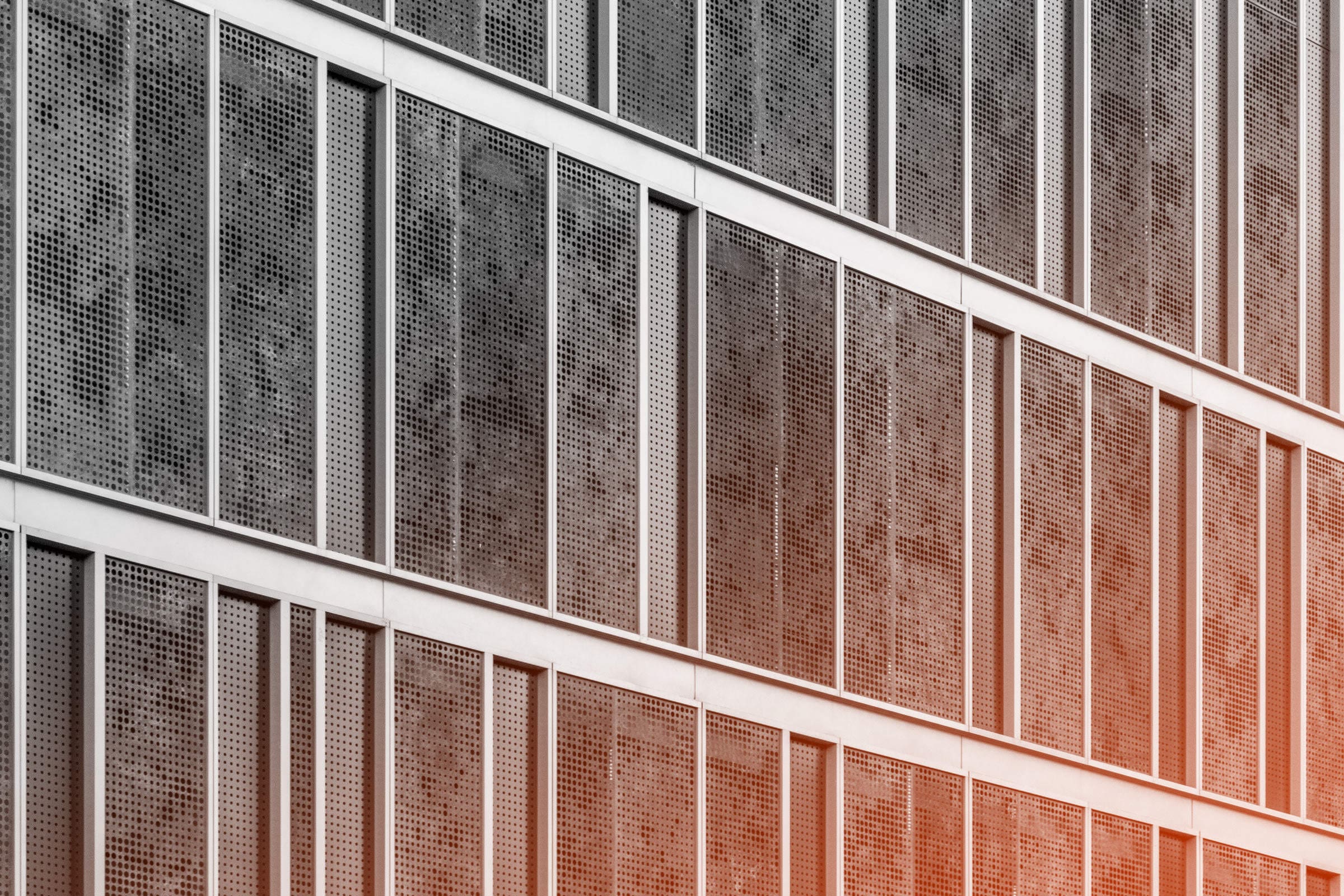

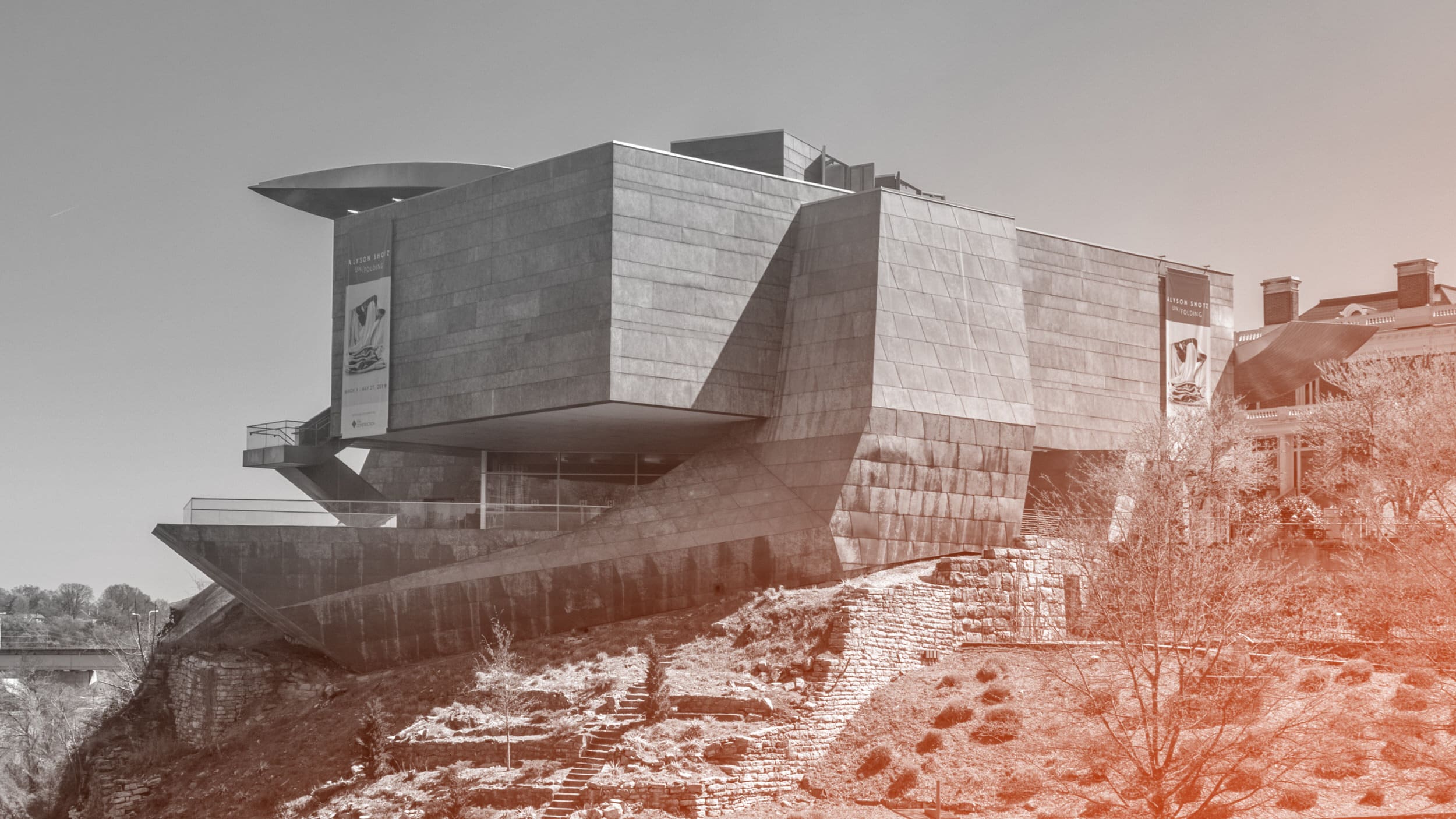 Ɱ, Creative Commons Attribution-Share Alike 4.0 International license, edited.
Ɱ, Creative Commons Attribution-Share Alike 4.0 International license, edited.